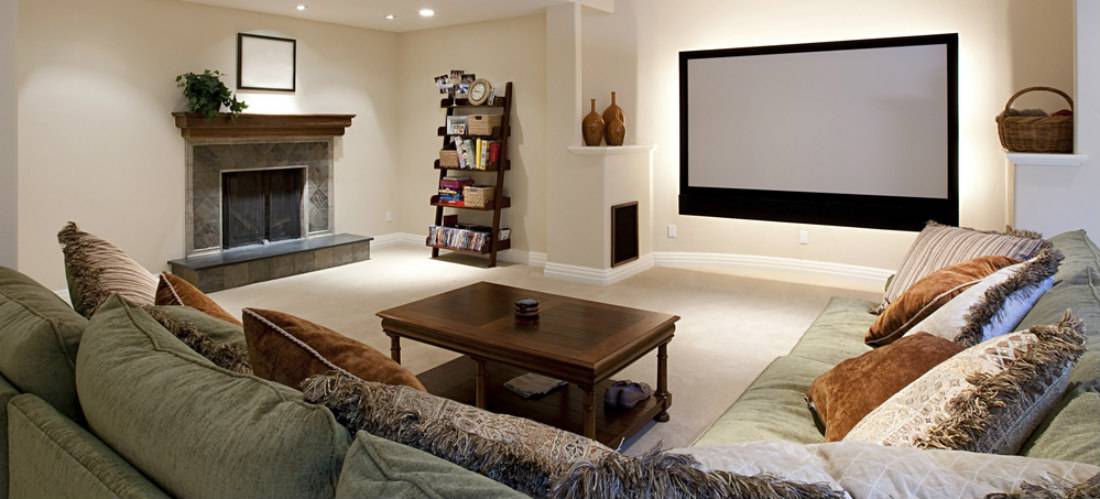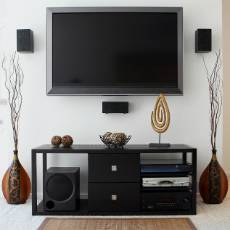A how-to guide for converting your basement into a home theater
Technological advances in home theater equipment have given rise to a new type of residential remodeling project that allows homeowners to bring the movie going experience right into their own homes. Basement home theaters are capable of recreating much of the movie theater experience, from the quality of the film display to the sound, while adding a level of luxury that's hard to find in most neighborhood cinemas.

Home theater addition
Before a conversion can begin, you must plan what form the theater will take. With a sketchpad in hand, perform a walkthrough of the basement, measuring its dimensions to learn how much space is available and drawing a sketch of the basement floor plan with those dimensions included. Along with the measurements, the floor plan should also include the location of any light or water utilities.
After the walkthrough, you will need to prepare the basement for use as a theater. Most home theater systems are built to provide a high-end audio and video experience. As such, the basement must be made acoustically viable. Finished basements may need slight alterations, but an unfinished basement will need all concrete surfaces covered.
The walls, ceiling and floor of the basement should receive acoustic treatments. This may mean installing a floating floor and dual drywall coverings of different thicknesses. These additions are necessary so that the walls and floors absorb the bass frequencies of the films being shown, rather than reflect them back into the room. Room dimensions should not be divisible by each other, as this can cause resonance that distorts some of the audio frequencies. Interior remodeling should be done by professionals, but finding a local contractor is easy with the help of QualitySmith.
When the walls and floors are prepared, create a layout for the theater. This layout should include all of the theater elements that the homeowner wishes to include, such as:
- Screen location

- Projector location
- Chairs or couches
- Wet bar or refrigerator
- Media storage area
- A/V storage area
When designing the layout, be sure to place the screen in such a way that people entering the basement will cause as little interruption to the picture as possible. While most home theaters use a projector and screen to provide the picture, large flat-screen televisions can do the job just as well. The wall may need to be reinforced before you can hang large, heavy screens.
It is also important to think about the look of the home theater. The decor you choose can make the difference between developing a theater that follows the design concepts of modern man-caves and developing one that's more traditional and subdued in nature. Once the decorative touches are determined, you can begin to install equipment.
Audio and video equipment will need to be properly calibrated before it can be used to its fullest potential. Blu-ray systems provide high-end picture quality, and a good sound system can provide an aural experience that closely matches cinema quality. Basement home theaters are a rare addition that can add to the value of the home and that can be updated as technology progresses, keeping the movie-viewing experience current.
HGTV offers an excellent guide to plans for your home theater conversion.













Write a Comment